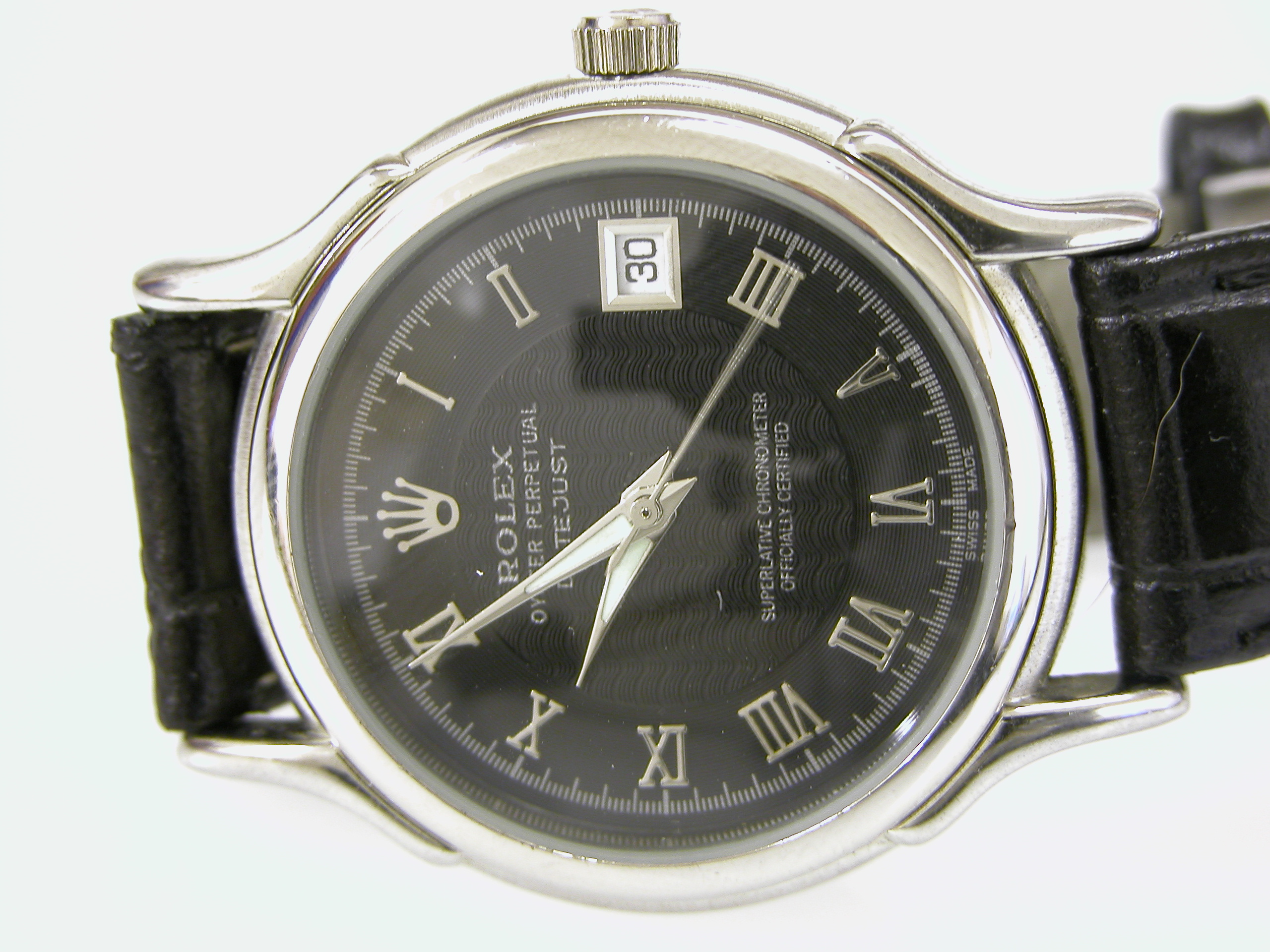Abstract
In an age where digital presence translates into economic and social capital, YouTube stands as one of the most powerful platforms for content creators. Achieving monetization on YouTube requires a minimum of 4,000 watch hours in the past 12 months and 1,000 subscribers. This requirement has led to the emergence of a market where creators can buy watch hours to meet these thresholds quickly. This observational study aims to explore the intricacies, motivations, benefits, and potential pitfalls of buying YouTube watch hours, shedding light on a practice that is becoming increasingly prevalent yet remains controversial.
Introduction
YouTube has transformed from a simple video-sharing site to a multifaceted platform where creators can earn a living, influence public opinion, and build substantial careers. To qualify for the YouTube Partner Program (YPP), creators must achieve 4,000 watch hours in the past 12 months and have 1,000 subscribers. While some creators achieve these milestones organically, others resort to buying watch hours. This practice raises ethical questions and concerns about the authenticity of engagement metrics. This study delves into the phenomenon of purchasing watch hours, investigating the motivations behind it, the processes involved, and the implications for both creators and the platform.
Methodology
This observational research is based on a combination of qualitative and quantitative methods. Data was collected through:
- Online surveys of YouTube creators who have either considered or engaged in buying watch hours.
- Interviews with digital marketing experts and service providers who offer watch hour packages.
- Analysis of YouTube channels that have bought watch hours, focusing on engagement metrics before and after the purchase.
- Review of relevant literature, including YouTube’s community guidelines and policies.
Findings
Motivations for Buying Watch Hours
Several factors drive creators to buy watch hours:
- Monetization Urgency: The primary motivation is the urgency to meet the watch hours requirement for monetization. Many creators rely on ad revenue as a primary income source.
- Competitive Pressure: The competitive nature of YouTube creates pressure to grow quickly. Buying watch hours offers a shortcut to achieving visibility and credibility.
- Time and Effort: Organic growth demands significant time and effort. For creators balancing other commitments, buying watch hours can seem like an efficient alternative.
- Psychological Rewards: Achieving milestones on YouTube can be psychologically rewarding. Faster progression can boost a creator’s morale and motivation.
Processes Involved in Buying Watch Hours
The process of buying watch hours typically involves the following steps:
- Research and Selection: Creators research and select a service provider. Factors influencing this choice include cost, reviews, and perceived legitimacy.
- Payment and Package Selection: Most services offer various packages based Get Monetized on Youtube [webeys.com] the number of watch hours and delivery time. Prices range from $50 to $1,000 depending on the package.
- Implementation: Once payment is made, the service provider uses a network of viewers, often through social media promotion or automated systems, to generate the required watch hours.
- Monitoring and Adjustment: Creators monitor their channel analytics to ensure the watch hours are reflected. Some services offer guarantees or adjustments if the watch hours drop below the purchased amount.
Benefits of Buying Watch Hours
- Quick Monetization: The most immediate benefit is meeting the 4,000 watch hours requirement quickly, enabling monetization.
- Increased Visibility: Higher watch time can improve a channel’s algorithmic ranking, potentially leading to organic growth.
- Enhanced Credibility: A channel with substantial watch hours appears more credible to new viewers, potentially attracting more subscribers.
Potential Pitfalls and Ethical Considerations
- Violation of Policies: Buying watch hours violates YouTube’s community guidelines. Channels caught engaging in this practice risk demonetization or suspension.
- Artificial Engagement: Purchased watch hours do not reflect genuine viewer interest, leading to skewed engagement metrics. This can impact long-term channel growth and brand partnerships.
- Financial Loss: There is no guarantee of sustained benefits. Channels may still struggle with organic growth and engagement, resulting in wasted financial resources.
- Reputation Damage: If discovered, buying watch hours can damage a creator’s reputation, leading to loss of trust among viewers and collaborators.
Analysis of Channels
A comparative analysis of YouTube channels before and after purchasing watch hours revealed mixed outcomes:

- Short-term Gains: Most channels experienced an immediate increase in watch hours, enabling monetization.
- Engagement Metrics: Channels showed an initial spike in views and watch time. However, metrics like likes, comments, and shares did not exhibit proportional growth, indicating artificial engagement.
- Algorithm Impact: While some channels benefited from improved algorithmic ranking, others faced stagnation, suggesting that YouTube’s algorithms are becoming adept at identifying and mitigating artificial engagement.
Expert Insights
Interviews with digital marketing experts highlighted the following insights:
- Market Demand: There is a significant demand for watch hour packages, driven by the monetization thresholds and competitive landscape of YouTube.
- Service Legitimacy: Not all service providers are legitimate. Some use unethical methods, such as bots, which are easily detected by YouTube’s algorithms.
- Long-term Strategy: Experts advise against relying solely on purchased watch hours. A sustainable growth strategy should focus on content quality, audience engagement, and organic reach.
Discussion
The practice of buying YouTube watch hours is a double-edged sword. While it offers immediate benefits, such as quick monetization and increased visibility, it comes with significant risks. Violating YouTube’s policies can result in severe penalties, and artificial engagement metrics can hinder long-term growth. For content creators, the allure of rapid progression must be weighed against the potential consequences.
Ethically, buying watch hours raises questions about the authenticity of digital engagement. It undermines the merit-based system that platforms like YouTube aim to promote, where content quality and audience connection are the primary drivers of success. For the platform, addressing this issue requires robust detection mechanisms and clear communication of policies to creators.
Conclusion
Buying YouTube watch hours is a prevalent yet controversial practice driven by the pressures of monetization and competition. While it offers short-term gains, the potential pitfalls and ethical considerations cannot be overlooked. For sustainable success, content creators should prioritize organic growth strategies, focusing on content quality and authentic audience engagement. YouTube, on its part, must continue to enhance its detection mechanisms and enforce policies to maintain the integrity of its platform.
Recommendations

- For Content Creators: Focus on creating high-quality content and engaging with your audience. Utilize legitimate promotional strategies and be patient with organic growth.
- For YouTube: Enhance detection mechanisms for artificial engagement and provide clearer guidelines and support for creators striving to meet monetization thresholds.
- For Researchers: Further studies should explore the long-term impact of artificial engagement on channel growth and the evolving strategies used by service providers to circumvent detection.
This study provides a comprehensive understanding of the complex world of buying YouTube watch hours, highlighting the need for ethical practices and sustainable growth strategies in the digital content landscape.

